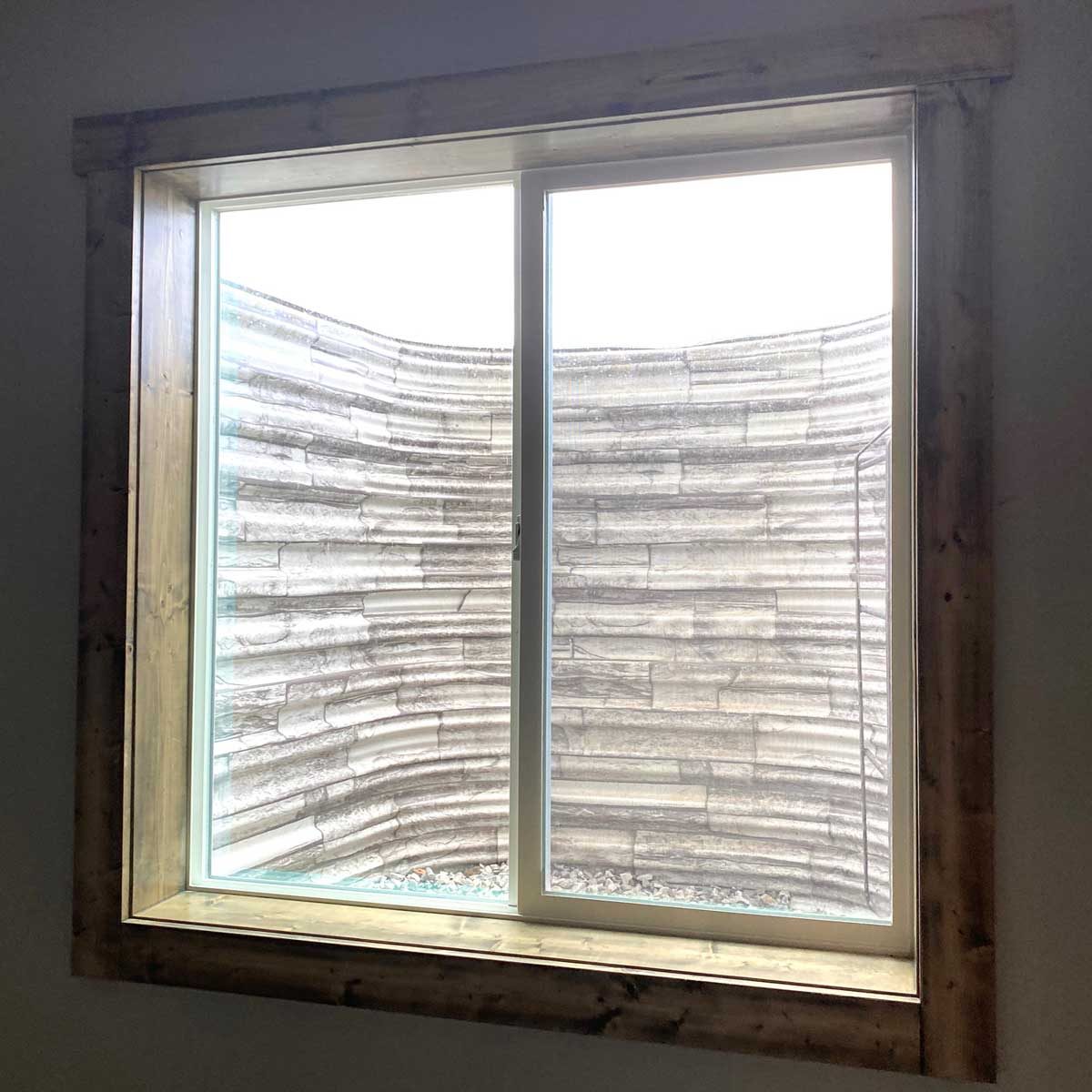To convert your basement into a bedroom, you'll need an egress window. Discover what they are and why they're so important.

What You Need to Know About Egress Windows

One of the best ways to improve the value of your home is to add an extra bedroom. Any empty basement or other unused space in your home is a prime candidate for conversion into additional living space. But before you get started on any renovation, you’ll need to satisfy a safety requirement — providing a means of escape (or “egress”) in case of a fire or other emergency.
That’s where an egress window comes in.
On This Page
What Is an Egress Window?
An egress window looks just like a regular large window, but opens fully to allow a building’s inhabitants to escape in the event of an emergency like a house fire. Egress windows are required in all finished basements before they can be legally converted into a living space. And the dimensions of egress windows must comply with International Residential Code (IRC) requirements and local building codes.
Fortunately, egress windows offer benefits beyond their primary escape function, like increasing natural lighting and ventilation in your basement. They can also feature attractive interior trim that adds to the look of the living space.
The area directly outside the egress window’s opening also must meet certain requirements. And an egress window installed below ground level (also known as “below grade”) requires a “window well.”
What Is a Window Well?
A window well is a rectangular or half-circle shield that sits inside an excavated portion of the earth surrounding a below-ground basement window. They’re typically made of galvanized steel or polyethylene, and feature flanges on either side that fasten to your home’s foundation.
Both regular below-grade basement windows and egress windows use window wells for protection against the damaging effects of rocks, dirt and moisture. An egress window well must be larger than regular wells to provide ample space for inhabitants to easily escape. And it may also require a ladder if the well is too deep for someone to easily climb out. Keep rain and pests out with this DIY window well cover.
Egress Window and Well Safety and Considerations
Although egress window building codes may vary slightly by region, an egress window must at least meet the following IRC standards:
- It must provide a clear and unobstructed opening of at least 5.7 square feet.
- It must have a clear and unobstructed opening that’s at least 24 inches tall and 20 inches wide.
- The bottom of the clear opening can’t be any higher than 44 inches from the floor.
- It must be capable of opening without any tools.
- A window well must be installed if the window is below grade.
An egress window well needs to meet the following specifications:
- Must provide at least nine square feet of space.
- Must be at least 36 inches long and wide.
- Must be equipped with a ladder if the well is deeper than 44 inches below grade.
- The ladder must be at least 12 inches wide. It can’t encroach more than six inches into the well but needs to be at least three inches away from the back wall. And the distance between the step rungs can’t exceed 18 inches.
Egress Window Costs
The cost of purchasing and installing an egress window will depend on several factors, but the general range is between $500 and $5,000. An egress window alone usually costs between $100 and $700, depending on its size and quality. A window well can run from $200 to several thousand dollars, depending on its quality and whether it’s prefabricated or custom-made. But the real expense typically comes from the installation costs.
Installation Costs
While it’s possible for a highly skilled homeowner to install an egress window and well, a few tasks might require a professional contractor.
For one, installing a below-grade egress window entails excavation to remove enough dirt to accommodate the large window well. On top of that, you will need to cut an opening for the window through the home’s foundation into your basement, and an improper cut can be difficult and expensive to repair. Hiring a professional to perform these tasks, along with the window and well installation, usually costs between $1,500 and $3,000.
Theo Stephens, founder of Bright Ideas Egress, says a handy homeowner can install one of his company’s complete kits for $1,495. If the homeowner performs the excavation themselves but outsources the foundation cut and installation of the window and well, the cost is around $2,750. Finally, for someone who outsources the entire project (excavation, foundation cut and installation), the cost rises to around $3,800.
In Stephens’ experience, the largest labor expense is usually excavation, so they created a patented window well that minimizes the required excavation space. It features an interior flange for fastening the well to a home’s foundation from the inside of the well, instead of using the more common exterior flange that fastens to the foundation from the outside of the well. The interior flange reduces the need to over-dig on either side of the well, reducing the effort and expense considerably.



















